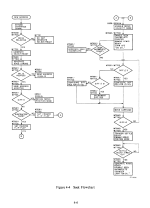thunter0512
Veteran Member
Thanks George for all your work on this wonderful project. The new boards look fantastic.
I like the 0.1" headers which replace the inter-board FPC connection.
Did you keep the servo motor for the microSD adapter or is the adapter now static?
I am looking forward to see more about this.
I like the 0.1" headers which replace the inter-board FPC connection.
Did you keep the servo motor for the microSD adapter or is the adapter now static?
I am looking forward to see more about this.


